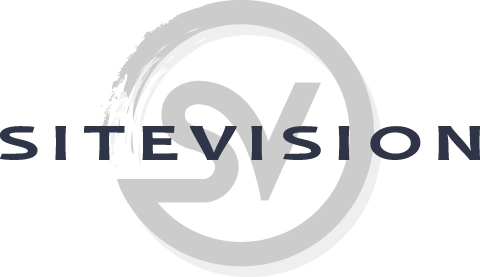
Thinking of deploying Microsoft Teams?
What is Microsoft Teams?
Meet, chat, call, and collaborate in just one place. Whether it’s chat, calls, or video, anyone can engage at any time, bringing everyone closer.
Your docs, photos, videos, chat history, and meeting notes are always there, so it’s easier to work together.
Set up your team’s space with all the apps you need so you can stay in just one place instead of jumping around.
Implementing Teams
Microsoft Teams is included with your Microsoft 365 bundle (for Native Digital managed clients).
1. Prepare Your Business for Microsoft Teams Deployment
Before you begin deploying Microsoft Teams, it’s best practice to determine your business’s technical and legal readiness for Teams. The platform combines several traffic forms:
- Traffic between Microsoft 365 environment and Teams client
- Peer to Peer communications
- Conferencing traffic
Since the amount of traffic you’ll need depends on your environment, you need to ensure that you have sufficiently planned for any bandwidth requirements.
At this stage, you should verify:
- Bandwidth and technical capacity
- Office 365 licensing agreement compatibility with Teams
- Your Office 365 domain
- Identity and authentication models
2. Determine and Organize Teams & Channels
Prior to a Microsoft Teams deployment, your business should give thought to how to implement and configure Teams for maximum effectiveness. Decide how you will set up your various teams and channels. Essentially, a ‘team’ is a larger overall category which is further divided into communications ‘channels’. You’ll want to decide what each team’s purpose is and how it will be used before assigning groups.
Some best practices for organizing your teams:
- Determine your goals in advance
- Decide which people or groups will be added to each team
- Establish roles and permission in advance
- Start with a smaller number of team members and scale upwards
- Designate multiple owners for each team
3. Become Familiar with Security and Compliance Tools
At this time, Teams uses a variety of security and compliance tools and protocols, and offers a number of ways to configure them depending on your business needs. In preparation for a Microsoft Teams deployment and rollout, take the time to ensure you are familiar with the following tools:
- Auditing and Reporting
Interfaces with the Microsoft 365 Security and Compliance Centre to configure the level of audit reporting logs and security alerts - Data Retention Policies
Configure and set up data retention policies for channel messages and communication
4. Adopt a Change Management Strategy
Change can be difficult for any business; when people become used to working with a particular app or tool, they may resist adopting new products. Ultimately, this boils down to their unfamiliarity with the tool, along with a worry that they will lose efficiency. That’s why a change management strategy is essential: you can explain the benefits, offer training prior to deploying Microsoft Teams, and let users prepare for the eventual switch over.
Your change management strategy should:
- Create advance enthusiasm for a Microsoft Teams implementation
- Select and train a small user core who can act as influencers
- Outline current business challenges and show how Teams can help overcome them
- Ensure new users have access to ample training and support
- Allow users to leave feedback directly and act on it accordingly
Ensure a Smooth Microsoft Teams Implementation
Overall, launching a new deployment of Microsoft Teams doesn’t have to be a daunting task. One of the key strengths of the platform is its unprecedented amount of configurability and control – as opposed to Slack, which offers little direct user control. Unfortunately, the amount of choice you have also means that, depending on the size of your business and the complexity of your IT infrastructure, it can be a challenge to ensure it’s configured to meet your needs.
However, following these best practices will ensure that you’re well on your way to enjoying all the features and strong communications capability that a Microsoft Teams implementation will deliver.
Talk to us about implementing Teams today.
























